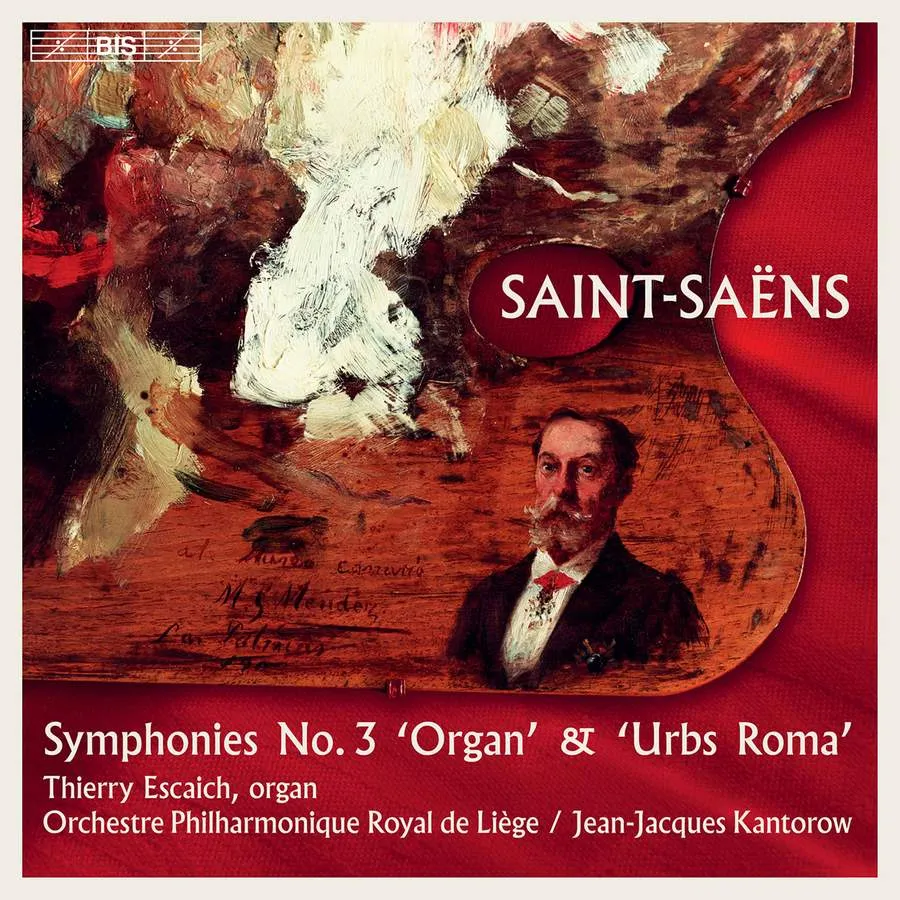
Saint-Saëns Symphony No. 3 ‘Organ’; Urbs Roma Thierry Escaich (organ); Orchestre Philharmonique Royal de Liège/Jean-Jacques Kantorow BIS BIS-2470 (CD/SACD) 74:24 mins
Some writers have been perplexed by Saint-Saëns’s failure to publish his early symphony Urbs Roma. For a 21-year-old it’s a fairly accomplished effort, but he may well have become aware of its weaknesses: it suffers from undoubted longueurs in the ‘serioso’ slow movement and in general from the common failing of the time to overdo sequences of the same pattern at different pitches. The themes are adequate, no more. Although he did complain once, over 30 years after writing it, that the work was never performed, we may reasonably respond that not publishing it didn’t exactly help. Kantorow elicits vigorous playing, with sharp contrasts, and manages the imaginative die-away ending with sensitivity.
The Organ Symphony, by contrast, shows the composer marrying passion and logic with a masterly hand, and this performance is almost entirely excellent. Over the first performance, in London in 1886, The Telegraph was not alone in finding fault, complaining that ‘the pianoforte was a profitless tinkle and the overwhelming personality of the organ dwarfed everything else’. While these complaints are certainly not applicable here, the organ is indeed involved in two small infractions. In the first movement (one bar before letter U) the pianissimo is spoilt by overloud organ chords, largely caused by the entry of the pedal. In contrast, the organist ignores the ‘morendo’ (dying away) on the last chord of the first movement. This just means previously keeping the swell box slightly open, then, on the chord itself, slowly closing it. Job done.
Roger Nichols